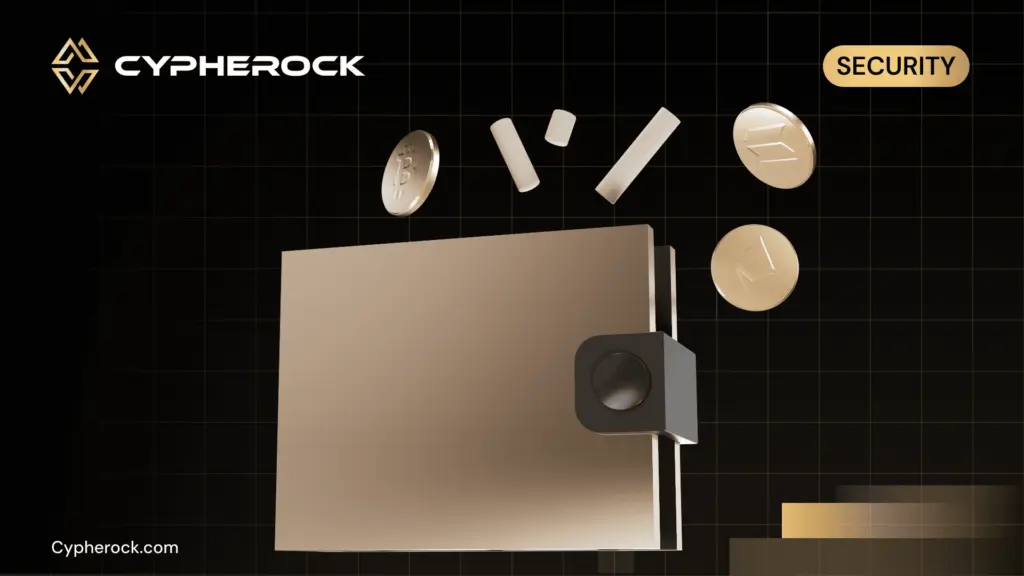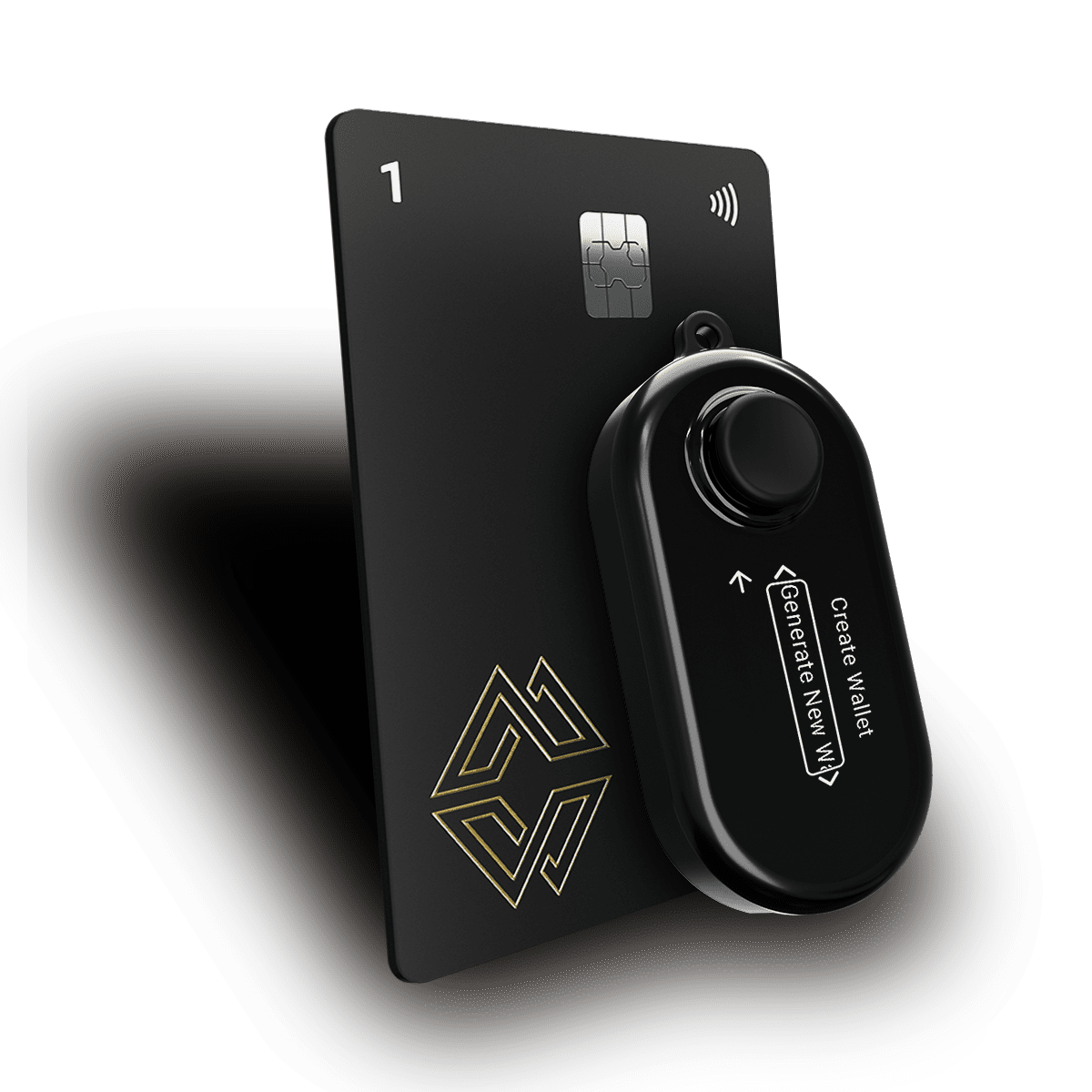

Time and again, we hear headlines about exchanges falling victim to hackers or influencers and celebrities losing substantial amounts of cryptocurrency. Crypto scams and hacks have become increasingly prevalent, and they seem almost inevitable in this digital age.
That’s precisely why understanding the reasons behind crypto losses and equipping yourself with knowledge on how to prevent and safeguard your funds as a crypto enthusiast is of paramount importance. As the saying goes, knowledge is power, and even the most secure wallets, on their own, may not provide foolproof protection against these crafty scammers.
Your wallet, when combined with your knowledge, serves as your shield in the battle against potential crypto losses. In this dynamic landscape, where the identification of such scams tends to be challenging and the sole reliance on the crypto wallets may not suffice, a comprehensive understanding of the potential threats and the adoption of proactive measures becomes your strongest allies in safeguarding your crypto assets. In this article, we will delve into the methods through which cryptocurrency can be compromised and provide valuable insights on enhancing your security measures.
The internet presents the most significant threat to your crypto security. Most crypto theft attacks and scams occur online. Therefore, it is crucial to never store your private keys and funds in hot wallets or software wallets like Metamask, and avoid using any cloud storage for backup that is always connected to the internet. In the past, there have been incidents in which hot wallets were hacked, leading to users losing their funds.
In a security breach that occurred earlier this year in July, the crypto payment platform Alphapo fell victim to a hot wallet hack, resulting in the theft of $23 million worth of Bitcoin and various other cryptocurrencies. The ongoing growth of the cryptocurrency industry underscores the necessity for robust crypto security practices to protect both individuals and businesses from potential threats.
For personal use, you should always use a cold wallet or hardware wallet like the Cypherock X1, which is always offline and never connected to the internet, to keep your funds safe. To begin, the seed phrase is generated offline and displayed to you through a secure and trusted interface, and the private key is only used to sign transactions. This way, your private key and seed phrase both remain offline and secure.
Many individuals store their recovery phrase or seed phrase on a piece of paper or in a metal backup. However, this method has certain drawbacks:
It is always advisable to create multiple copies of your seed phrase and store them in different secure geographical locations. This approach helps mitigate the risk of losing access to one of your backups, but it still involves exposing your seed phrase in physical form, whether on paper or metal.
Another way to address this issue is by using a hardware wallet like the Cypherock X1, which can also function as a seed phrase vault. Your private key is divided into five parts and stored in five tamper-proof hardware devices (an X1 vault and four X1 cards). These parts are encrypted and protected by a PIN. To access your seed phrase, you only need one X1 card and the X1 vault, or any two X1 cards along with the PIN. This setup ensures that even if you were to lose one or two cards, you would still retain access to your funds.
One of the most common ways people lose their cryptocurrency is by falling victim to social engineering attacks, such as phishing. Social engineering involves manipulating, influencing, or deceiving a victim into sharing personal and sensitive information, like seed phrases, or taking actions that can compromise security and privacy.
These types of attacks are prevalent and occur frequently. Users often become victims when they click on malicious links sent by the attacker via email or text message. These links can redirect them to phishing websites or prompt them to download malicious software or firmware updates, potentially putting their private keys at risk. In some cases, attackers can take control of the host device, which is typically a PC or smartphone connected to the internet, making it vulnerable to remote attacks. Once the attacker gains access, they may employ social engineering techniques to trick you into revealing your seed phrase.
In September this year, well known American businessman, investor, film producer, and television personality Mark Cuban suffered a significant loss of approximately $870,000 in a crypto scam. The Dallas Mavericks owner, likely clicked on a phishing link after “months of inactivity. He was tricked into downloading a fake MetaMask wallet application having a backdoor through which the hackers were able to transfer all his funds and assets.
For these reasons, it’s crucial to never trust messages or emails or links from third parties, and you should be aware that legitimate crypto wallet companies or exchanges will never ask you to enter your seed phrase or private key. It’s also a good practice not to use the same system for managing your cryptocurrency and for general web surfing.
Before signing a blockchain transaction, it is of utmost importance to thoroughly check and verify the transaction details, including sender and recipient addresses, coin type, and the amount of coin to be transferred manually, before confirming the transaction.
Although some transaction requests may appear harmless, they can potentially provide scammers with opportunities to steal your cryptocurrency. Through social engineering, it’s possible for malicious actors to trick users into signing a tampered or fraudulent transaction. For instance, if an attacker gains access to your system or the host (such as the companion app or the system running it), they can manipulate recipient addresses, change addresses, and transaction amounts initially entered by the user. The attacker can deceive the user into approving a fraudulent transaction by displaying the same address and amount on the app but internally altering the details to their advantage before the user signs it. A compromised host can present entirely different transaction information. Once this manipulated transaction is broadcast to the blockchain, all of the user’s funds are lost.
For these reasons, it is essential to choose a hardware wallet that supports clear signing and features a trusted display, such as the Cypherock X1. In such wallets, all transaction details are presented in a human-readable format, allowing you to manually review and verify them. This approach ensures that you do not blindly trust the host and do not sign malicious transactions unknowingly.
Relying solely on a single wallet to store all of your cryptocurrency assets and conduct all operations can be risky. If this single wallet is compromised or if you unknowingly sign a malicious transaction, you risk losing all of your funds. Therefore, it’s advisable to have multiple wallets for different purposes and segregate your crypto assets, you can also spread your assets across multiple storage types. Diversifying your storage methods can enhance security and reduce the risk of losing everything if one wallet is compromised.
The Cypherock X1 wallet allows you to securely store up to four different seed phrases or wallets. Additionally, the device supports a passphrase feature, which can add an extra layer of security to your seed phrase. This passphrase acts like a 25th word, enabling you to access multiple unique, “secret” wallets from your regular device. This functionality enables you to create and manage multiple wallets from a single single seed phrase for various purposes. The wallets created with these passphrases can serve as low-balance dummy or decoy wallets, providing valuable protection against potential attacks, such as the “$5 wrench attack.
Although keeping your crypto assets in crypto exchanges like Coinbase, Binance, and CoinSpot is the easiest way to manage them, it also carries significant risks. Many crypto exchanges, including Binance and FTX, have experienced security breaches in the past. In 2019, hackers stole $40 million from Binance cryptocurrency exchange along with two-factor user codes and API tokens. Following the recent events there is no guarantee that such incidents won’t occur again. If your chosen exchange is compromised, you could face permanent loss of your crypto assets.
Therefore, it is strongly recommended to always transfer your cryptocurrency from the exchange to a hardware wallet to secure your funds. This approach ensures that even if the exchange is hacked, goes bankrupt, or unexpectedly goes out of business, you will not lose the assets you’ve worked hard to accumulate. By doing this, you eliminate the need to trust the exchange company with the responsibility of safeguarding your assets.
The Cypherock X1 cold wallet offers a solution for this purpose. Unlike centralized crypto exchanges, the Cypherock X1 decentralizes your private keys and stores them securely offline. By self-custodying your crypto, you become your own bank, with full control over the security and management of your assets.
Arguably, the safest way to store cryptocurrency is by using a hardware wallet. These devices are immune to online remote attacks. Moreover, it is crucial to properly secure the hardware wallet by creating a strong passphrase, keeping the device’s firmware updated, and having a secure seed phrase backup. The Cypherock X1 excels in providing these essential security features.
The Cypherock X1 is exceptionally secure and robust, featuring a secure element for enhanced security. The wallet is completely open source and audited by keylabs. Cypherock X1 divides the private key into five parts, and all five hardware components where they are stored are equipped with an EAL 6+ secure element, the highest level of security certification. This approach ensures that your private keys are always safe and securely stored.
You can further enhance security by setting up a PIN for each of the hardware components, including the X1 vault and the four X1 cards, where your private key is divided and securely stored. To access your seed phrase, you only need one X1 card and the X1 vault, or any two X1 cards along with the PIN. The device also offers advanced features, such as the passphrase feature, to add an extra layer of security.
Additionally, the Cypherock X1 can function not only as an excellent hardware wallet but also as a seed phrase vault. You can securely import and store your existing wallet’s seed phrase in the Cypherock X1, where it is again split into five parts and securely stored. Again, you can conveniently use just one X1 card and the X1 vault to access your seed phrase anytime for any purpose, eliminating the need for paper or metal plates to store your seed phrase in an unencrypted and unprotected form.
Now that you are aware of the potential risks and methods by which your cryptocurrency can be stolen or lost, it’s crucial to understand that, no matter how secure your hardware wallet is, you cannot solely rely on it to protect your funds. Ultimately, the responsibility for safeguarding your cryptocurrency lies with you, and this entails continually improving your knowledge of the crypto ecosystem and practicing vigilance in your actions.

Start securing your crypto journey today—visit Cypherock X1 to learn more.
Connect with us:
Twitter: @CypherockWallet
Telegram: Join the Community
